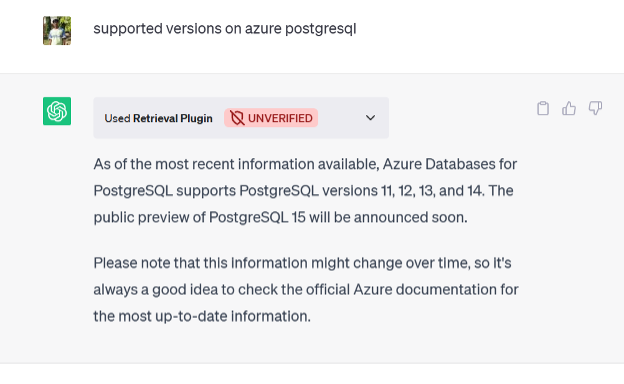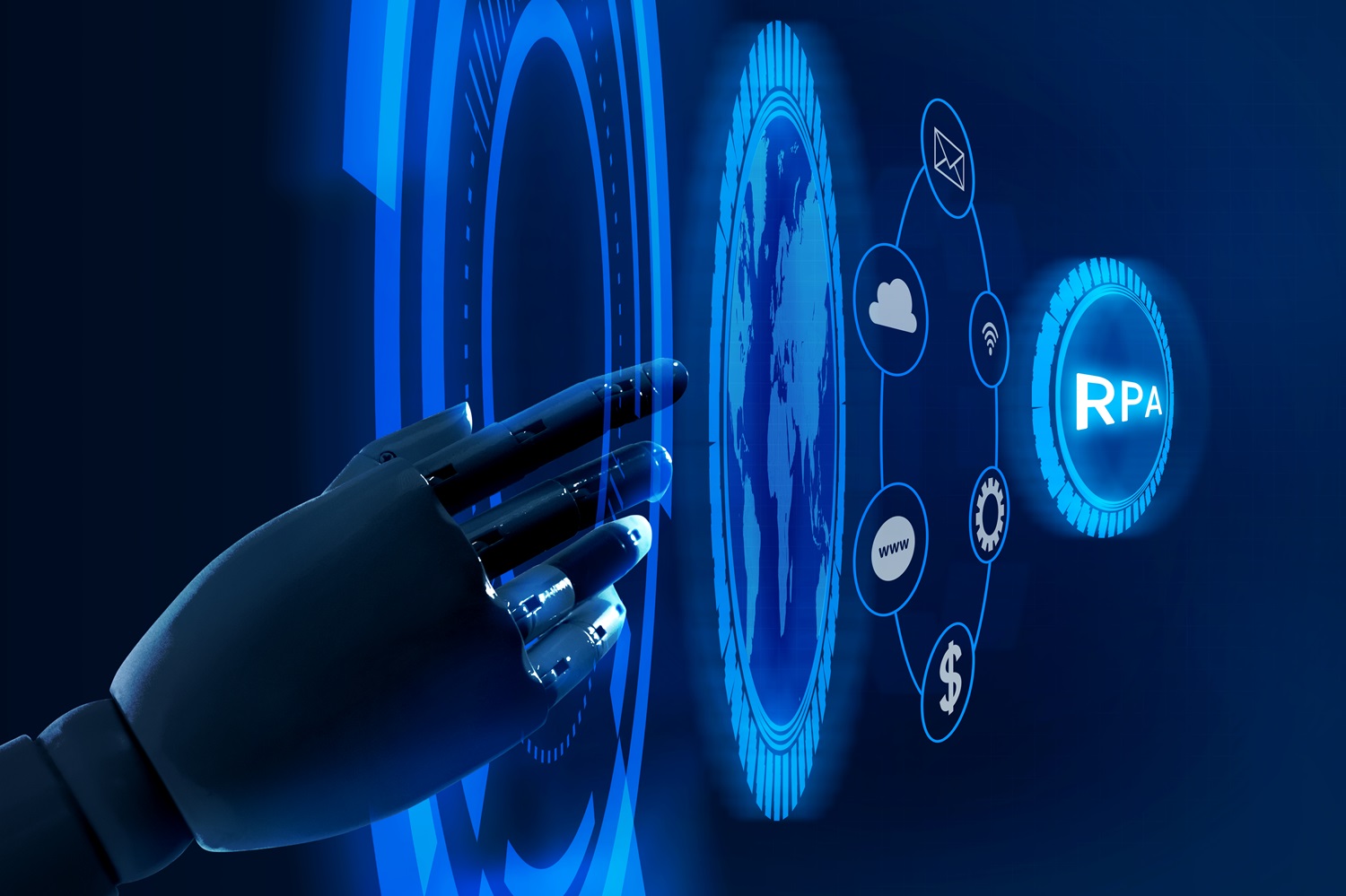Introduction:
In the realm of modern data management, PostgreSQL stands out as one of the most robust and versatile relational database management systems (RDBMS). With its rich feature set and open-source nature, PostgreSQL has become a popular choice for organizations of all sizes, from startups to large enterprises. However, as data volumes grow and complexity increases, the need for efficient ways to interact with PostgreSQL databases arises. This is where Artificial Intelligence (AI) and specifically, AI-powered GPT (Generative Pre-trained Transformer) models, come into play.
In this comprehensive guide, we’ll delve into the world of AI-powered solutions for PostgreSQL databases, exploring the capabilities of GPT models, their integration with PostgreSQL, and addressing common questions and concerns through an FAQ section.
Understanding AI-Powered GPT Models:
GPT (Generative Pre-trained Transformer) models are a type of artificial intelligence that has gained significant attention in recent years due to their remarkable ability to understand and generate human-like text. Developed by OpenAI, GPT models are based on Transformer architecture, which enables them to learn from vast amounts of text data and generate coherent and contextually relevant responses.
These models are pre-trained on large text corpora and can be fine-tuned for specific tasks, making them versatile tools for various natural language processing (NLP) applications. GPT models excel in tasks such as text generation, language translation, summarization, and more.
Integration with PostgreSQL:

While GPT models were not initially designed specifically for database interactions, they can be adapted and integrated with PostgreSQL through custom development efforts. The integration typically involves creating an interface that allows the GPT model to communicate with the PostgreSQL database, interpret user queries, and generate SQL statements for data retrieval and manipulation.
Developers can leverage APIs provided by GPT models to send natural language queries to the model, receive responses, and then translate those responses into SQL commands that PostgreSQL can execute. Additionally, developers may need to implement logic to ensure the security and integrity of database operations performed through the GPT interface.
Benefits of AI-Powered GPT for PostgreSQL Databases:
- Natural Language Interface: GPT models enable users to interact with PostgreSQL databases using natural language, eliminating the need for SQL expertise. This lowers the barrier to entry for accessing and analyzing data stored in PostgreSQL databases.
- Increased Efficiency: By automating the process of query generation and data retrieval, AI-powered GPT solutions can significantly improve the efficiency of database interactions. Users can obtain insights from their data more quickly and with less effort.
- Enhanced User Experience: The conversational interface provided by GPT models offers a more intuitive and user-friendly experience compared to traditional query interfaces. This can lead to higher user satisfaction and adoption rates.
- Scalability: GPT models are highly scalable and can handle a wide range of query types and complexities. Whether querying small datasets or large-scale databases, GPT-powered solutions can adapt to meet the needs of organizations of all sizes.
FAQ Section:
- Can any GPT model be used for interacting with PostgreSQL databases?
While any GPT model can theoretically be used for this purpose, some models may be more suitable due to their size, capabilities, and accessibility. Models like GPT-3, with its vast knowledge base and advanced language understanding capabilities, are commonly used for developing AI-powered solutions for database interactions. - How secure are AI-powered GPT solutions for PostgreSQL databases?
Security is a critical consideration when implementing AI-powered solutions for database interactions. Developers must implement robust security measures to protect sensitive data and prevent unauthorized access. This may include encryption of communication channels, access control mechanisms, and regular security audits. - What types of queries can AI-powered GPT models handle?
AI-powered GPT models can handle a wide range of query types, including data retrieval, aggregation, filtering, and even complex analytical queries. However, the effectiveness of the model may vary depending on the complexity of the query and the quality of training data. - Are there any limitations to using AI-powered GPT for PostgreSQL databases?
While AI-powered GPT solutions offer many benefits, they also have limitations. These may include difficulties in handling ambiguous or vague queries, potential biases in generated responses, and challenges in maintaining accuracy and consistency over time.
Conclusion:
AI-powered GPT models present exciting opportunities for enhancing the usability and efficiency of PostgreSQL databases. By leveraging the natural language understanding capabilities of GPT models, organizations can empower users to interact with their data more intuitively and effectively. However, successful implementation requires careful planning, robust security measures, and ongoing monitoring to ensure optimal performance and data integrity. With the right approach, AI-powered solutions can unlock new possibilities for data-driven decision-making and innovation in the realm of PostgreSQL database management.






